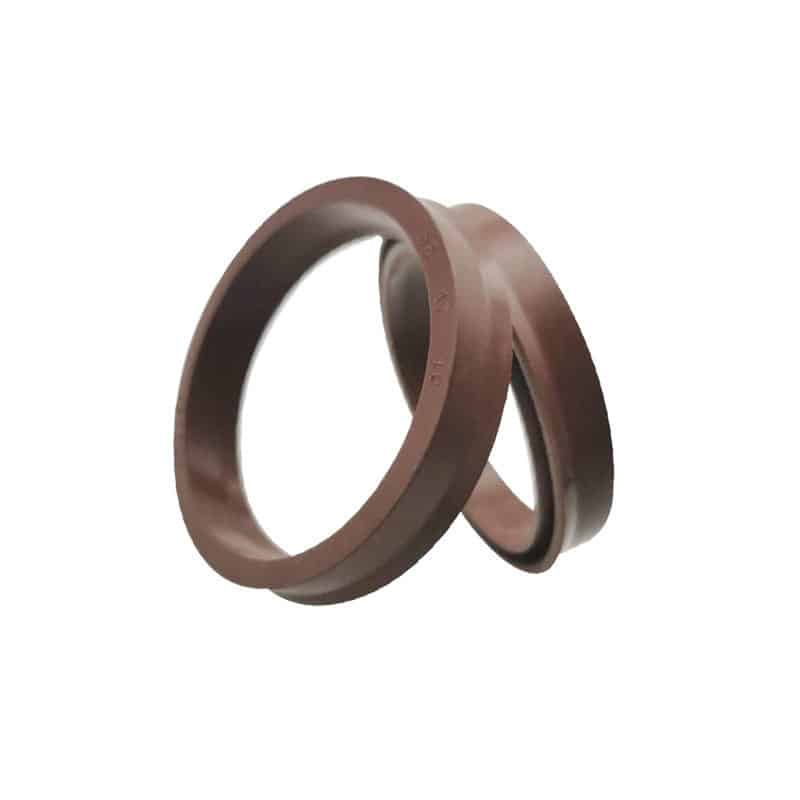Leaky cylinders and pressure loss often stem from using the wrong seal type.
Hydraulic cylinder seals include rod seals, piston seals, buffer seals, wiper seals, and guide rings—each serving a specific function to maintain system integrity.

Understanding each seal type ensures optimal performance and longevity of hydraulic systems.
What is a rod seal and when should I use it?
Rod seals prevent hydraulic fluid from leaking along the piston rod.
Rod seals are essential in hydraulic cylinders, ensuring fluid containment and system efficiency. For detailed application scenarios, visit our O-Ring Sealing Guide.

Rod seals are installed in the gland of the hydraulic cylinder and are responsible for sealing the fluid leakage from the rod side. They also protect against external contaminants such as dust and moisture. The UN Hydraulic Seal is commonly used in high-pressure environments with standard grooves.
What is a buffer seal and why is it necessary?
Buffer seals absorb pressure spikes, protecting rod seals from early failure.
They act as a pressure cushion, especially valuable in high-speed or shock-loaded systems. Complementary insights can be found in our High-Pressure O-Ring Selection Guide.

The KDAS Compact Seal integrates buffer, guiding, and support functions into a single unit. It's ideal for high-pressure piston applications where seal protection is critical.
What’s the difference between piston seals like IDU and ODU?
Piston seals isolate pressure between chambers within the cylinder.
Symmetrical seals like IDU and ODU piston seals work in both directions, ensuring smooth and reliable bi-directional operation. For more clarity on seal placement, refer to Piston vs. Rod Seal Guide.

These seals wear evenly and simplify installation due to their symmetrical design, making them a trusted choice for OEM cylinders and repair kits.
Are guide rings and wear bands considered seals?
While not technically seals, guide rings play a vital supporting role.
They maintain alignment and absorb side loads, extending seal life. Learn more in our Hydraulic Seals for Industrial Applications article.

A well-fitted guide band reduces internal wear and helps maintain system stability, especially in high-load cylinders. Always inspect and replace guide components when performing seal maintenance.
Conclusion
Choosing the correct seal type ensures long-lasting cylinder performance and minimal downtime.
Need assistance choosing the right seal?
📩 Email: [email protected]
📞 WhatsApp: +86 17622979498
Related topic


